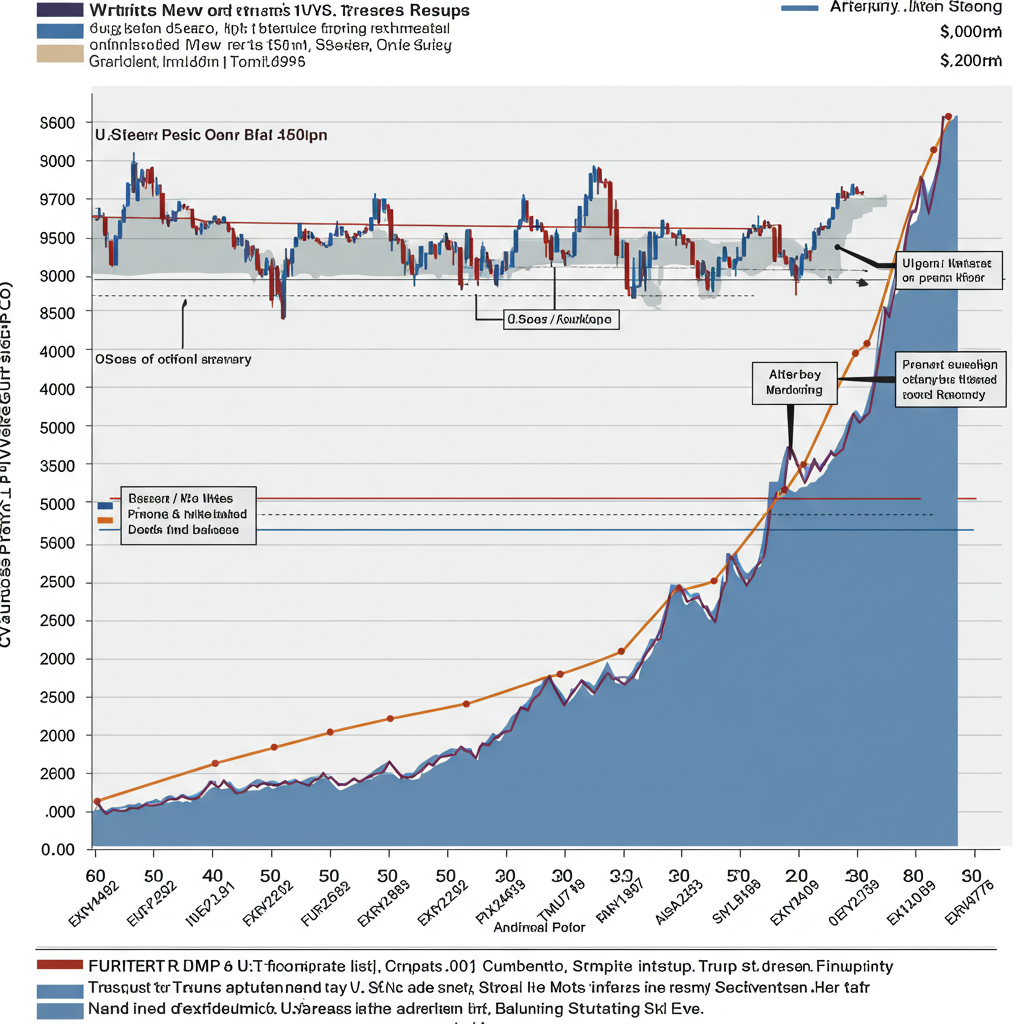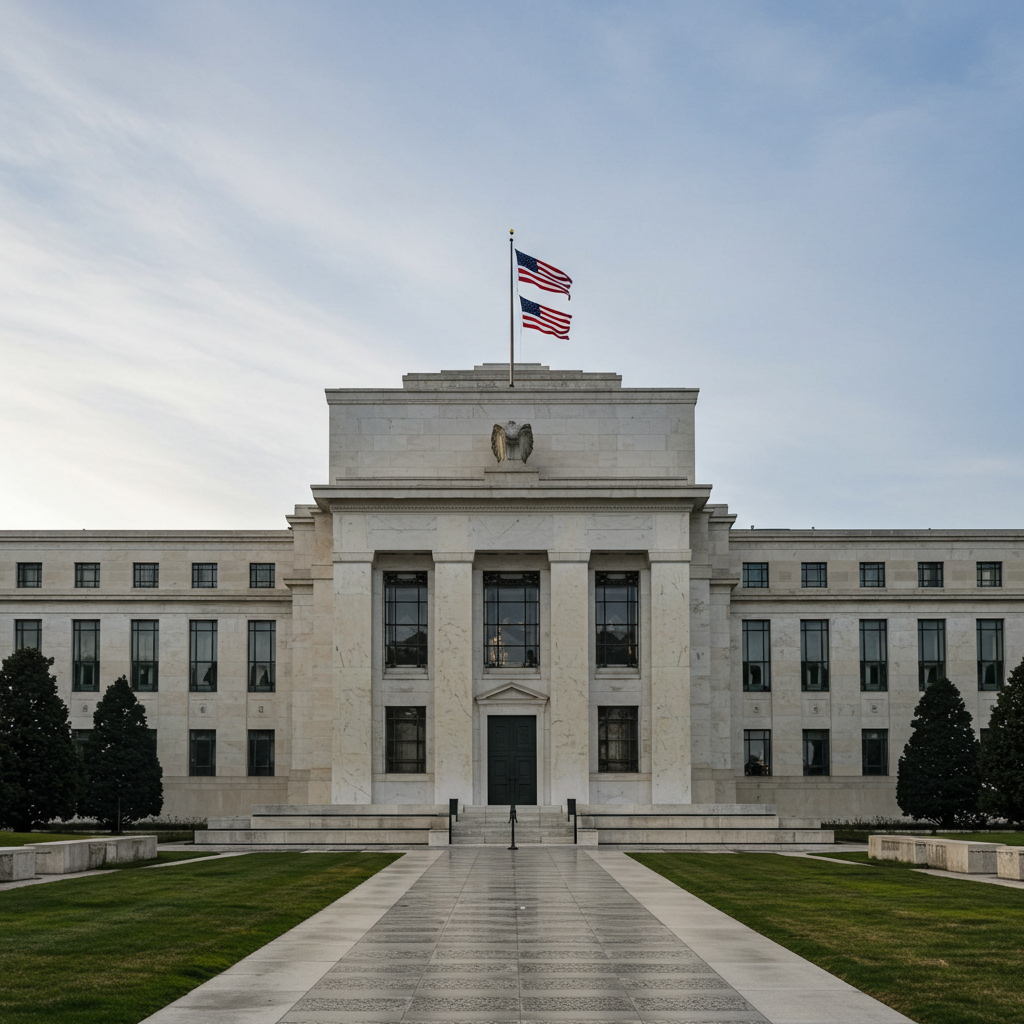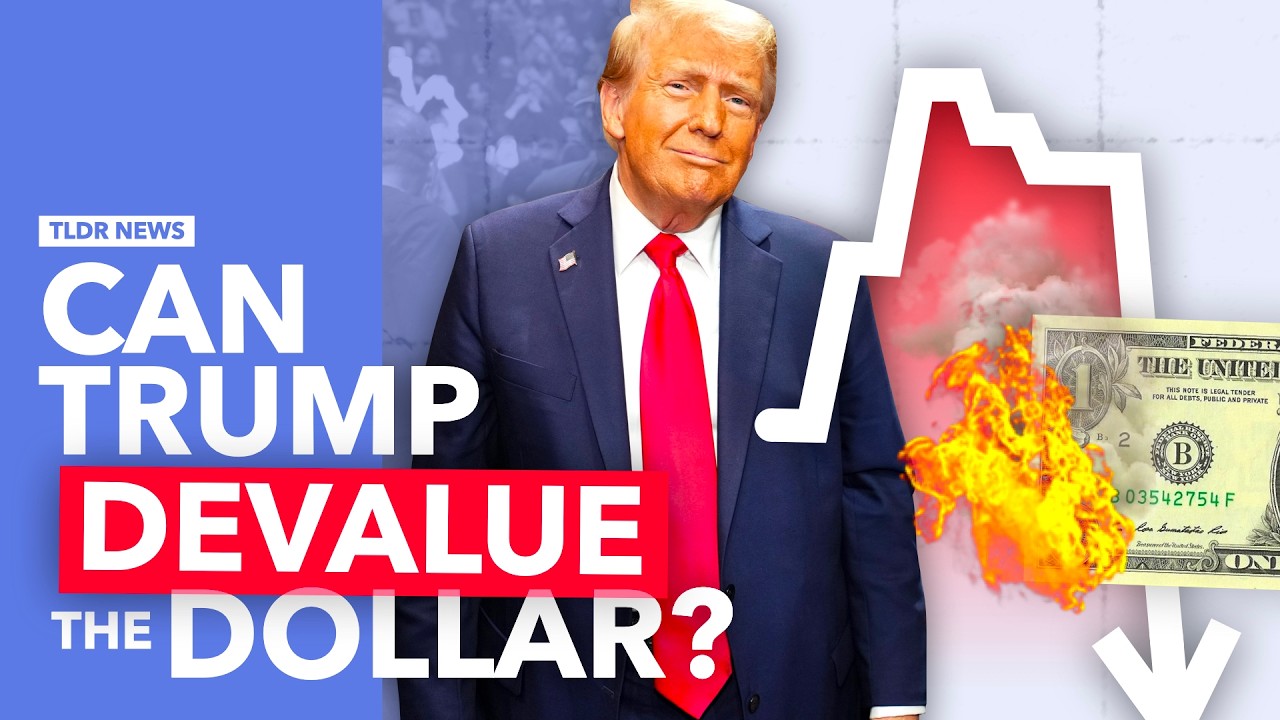Discover the reasons behind Trump’s push to devalue the dollar. Explore the potential economic impacts and implications for global markets in our detailed analysis.
In the complex world of economics and politics, few topics ignite as much debate as currency valuation. The dollar, as the world’s primary reserve currency, plays a crucial role in global trade and finance. Former President Donald Trump’s views on the dollar and its value have stirred significant controversy and discussion. This blog explores why Trump has advocated for a weaker dollar, the implications of such a stance, and the broader economic context surrounding this issue.
Understanding Currency Valuation
Before delving into Trump’s motivations, it’s essential to understand what currency devaluation means. Currency devaluation refers to a deliberate downward adjustment to the value of a country’s currency relative to other currencies. This can make exports cheaper and imports more expensive, potentially boosting domestic industries while hurting foreign competition.
The value of the dollar is influenced by various factors, including interest rates, inflation, and economic stability. A weaker dollar can lead to higher inflation, making imported goods more expensive for American consumers. However, it can also provide a competitive edge to U.S. exporters, making their products more attractive in international markets.
Trump’s Economic Philosophy

Trump’s economic philosophy is rooted in a nationalist approach, often summarized by the phrase “America First.” He believes that prioritizing American interests will lead to greater economic prosperity for the country. This philosophy extends to his views on currency valuation.
During his presidency, Trump frequently criticized the Federal Reserve for its monetary policy, particularly its decisions regarding interest rates. He argued that low-interest rates were necessary to stimulate economic growth but also expressed concerns that a strong dollar was detrimental to U.S. exports. In his view, a weaker dollar would benefit American manufacturers and workers by making U.S. goods more competitive abroad.
Trade Deficits and Global Competitiveness
One of Trump’s primary concerns has been the persistent trade deficits the United States has faced, particularly with countries like China. A trade deficit occurs when a country imports more goods and services than it exports. Trump believed that a strong dollar exacerbated this issue, making American products more expensive for foreign buyers.
By advocating for a weaker dollar, Trump aimed to reduce the trade deficit by making U.S. exports cheaper and more attractive to international markets. This approach aligns with his broader strategy of renegotiating trade agreements to favor American interests. He argued that a weaker dollar would help level the playing field for American businesses competing against foreign companies.
The Impact on American Consumers

While a weaker dollar may benefit exporters, it can have adverse effects on American consumers. A devalued dollar means that imported goods, from electronics to clothing, become more expensive. This can lead to increased inflation, which erodes purchasing power and can disproportionately affect lower-income households.
Trump’s supporters often argue that the benefits to American manufacturers and workers outweigh the costs to consumers. However, critics contend that the long-term consequences of a weaker dollar could lead to economic instability and a decline in living standards for many Americans.
The Role of the Federal Reserve

The Federal Reserve plays a crucial role in managing the value of the dollar through its monetary policy. Trump has been vocal in his criticism of the Fed, particularly regarding its interest rate policies. He has argued that the Fed should take a more aggressive stance in lowering interest rates to stimulate economic growth and promote a weaker dollar.
By lowering interest rates, the Fed can increase the money supply, which can lead to a depreciation of the dollar. Trump’s calls for lower interest rates were partly motivated by his desire to boost economic growth during his presidency, particularly in the face of global economic challenges.
Global Reactions and Consequences
Trump’s advocacy for a weaker dollar has not gone unnoticed on the global stage. Other countries, particularly those with strong currencies like the Eurozone and Japan, have expressed concerns about the implications of a weaker dollar for global trade. A significant depreciation of the dollar could lead to retaliatory measures, including currency manipulation, as countries seek to protect their own economic interests.
Moreover, a weaker dollar can lead to volatility in global markets. Investors often react to shifts in currency valuation, and a sudden drop in the dollar’s value could lead to increased uncertainty and instability in financial markets. This could have far-reaching consequences, affecting everything from stock prices to international investment flows.
The Long-Term Economic Outlook
While Trump’s desire to devalue the dollar may have short-term benefits for American exporters, the long-term economic outlook is more complex. A sustained period of dollar devaluation could lead to inflationary pressures, reduced consumer purchasing power, and potential instability in global markets.
Additionally, reliance on a weaker dollar as a strategy for economic growth raises questions about the sustainability of such an approach. Over time, structural issues within the U.S. economy, such as productivity growth and innovation, will play a more significant role in determining economic prosperity than currency valuation alone.
Conclusion
Trump’s advocacy for a weaker dollar reflects his broader economic philosophy and concerns about trade deficits and global competitiveness. While there are potential benefits for American manufacturers and exporters, the implications for consumers and the broader economy are complex and multifaceted.
As the global economy continues to evolve, the debate over currency valuation and its impact on economic policy will remain a contentious issue. Understanding the motivations behind Trump’s stance on the dollar is essential for navigating the complexities of modern economic challenges. Whether one agrees with his approach or not, the conversation surrounding currency devaluation is crucial for shaping the future of the U.S. economy and its role in the global marketplace.

